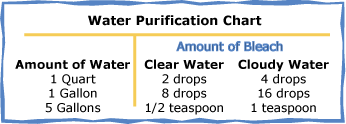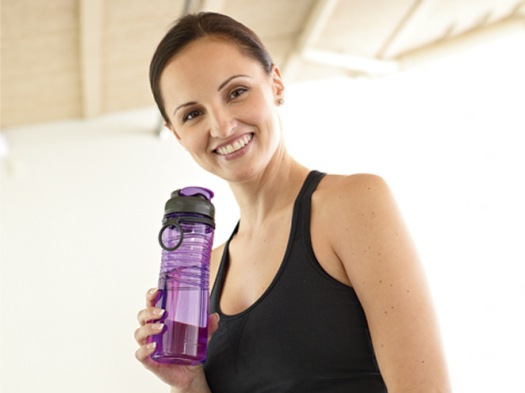I’m trying to have the holiday spirit, despite my constantly growing to-do list. This is, after all, the busiest time of year for many moms (and dads) and everyone else for that matter! From planning fun holiday activities and school vacation fillers, to thinking of appreciation gifts for teachers, the mailman and other people that we want to take an opportunity to thank and recognize. Then of course there’s figuring out the “Santa” gifts, planning the holiday meals, sending holiday cards, putting up a Christmas tree and decorating, fitting in at least one visit to Santa, baking sugar cookies, wrapping (I loathe wrapping), getting the house ready to host my parents,…….oh and did I mention work and all the other typical day-to-day activities that still need to get done? There’s just a lot to do, no matter how you cut it, and it’s really hard not to feel stressed.
For hostess, teacher and other appreciation gifts, I had big plans to make chocolate bark and gift this along with some nice hand lotion or wine. However, as you can probably guess from my first paragraph, this just isn’t going to happen. I always have great ideas and the best of intentions, but I just can’t find a way to get it all done (especially with a smile on my face). So, big kudos to all of you out there that have this in you……you must be far better planners than I can ever dream of being. I’m 43, and finally realize that there are just some things that I can’t change about myself; it’s time to accept my flaws and learn to work with them. Part of this means accepting the fact that I’m not, and never will be, anything close to Martha Stewart. I will never be a super-mom who can pull it all off….sigh. But the creative part of me still feels dissatisfied with gifting something that feels completely unoriginal – like Starbucks, iTunes, or Amazon gift cards (even though I’m sure these are very well-received and appreciated gifts). Note, this is another part of me that I can’t seem to change – I have a knack for making things way more complicated than they need to be.
Well, now that you know more than you want to about what makes me tick, here’s what I came up with for this year’s teacher, hostess (and even some family) gifts. Obviously I have a personal affiliation with H2wOw, so I understand if you feel this post is biased, but really it’s not…….this is a gift that I would love to give, even if I’d never heard of H2wOw, and it’s also a gift I’d love to receive, truly.
For appreciation or hostess gifts, around $20
I’m giving a 4-pack of H2wOw Water Enhancer Drops. I live in San Francisco and am surrounded by people who like to live a healthy lifestyle. This feels like a perfect gift in the sense that it’s natural and healthy, somewhat obscure (since it’s only sold on Amazon and there’s nothing else like it), and is small and looks cute in a little gift bag. The 4-pack sells for around $21 on Amazon and ships for free if you have Prime.


For appreciation or hostess gifts (and friends and family), $50 – $60
There are a few dinner parties of good friends that my husband and I will go to this year. I’m usually unorganized and last minute enough that I end up bringing a nice bottle of wine or candle, however this basically feels like the completely unoriginal “hostess gift” version of the gift cards mentioned above. So, this year, I’m bringing a 4-pack of H2wOw along with a really cool water bottle. I love the beautiful, simplistic yet sophisticated design of this Soma glass bottle, and that for every bottle purchased, Soma makes a donation to charity. By the way, one Soma bottle and a 4-pack of H2wOw fit perfectly inside a wine bag. For our special set of really good friends, we’ll gift two Soma bottles, plus the H2wOw 4-pack. If you’ve read some of my other posts, then you know I have a bit of a refillable water bottle obsession! By the way, this also makes for a great Secret Santa or White Elephant gift!


Another option, in this same price range, is to gift the Soma Sustainable Water Pitcher and Filter with the H2wOw 4-pack. I’m actually gifting this to my father this year because I keep catching him with bottled water and he says it’s because the water at his office tastes horrible. This should be the perfect solution for him and will help the environment too!


There are lots of ways to get creative with these gifts. Pick your favorite water bottle and “enhance” it with H2wOw. Or pair H2wOw with some other healthy snacks, like a selection of energy bars, roasted almonds and beef jerky. You can always buy a 4-pack and divide it up as well……make four mini gourmet food “survival” kits for teachers with one bottle of H2wOw, a small package of nuts, your favorite energy bar and a piece of dark chocolate (this could be done for $10 or less)! I might do this for some of the teaching assistants and support staff – if I can find the time 🙂
For more refillable bottle ideas, see these posts:
There Is More You Can Do to Help America Recycle and I’m a “Personal” Water Bottle Addict – Here Are My 5 Faves
featured post image: Superfactice via Pixabay



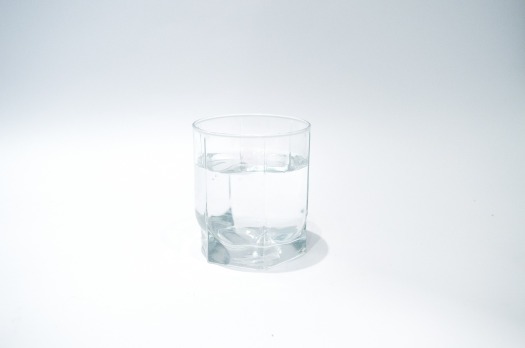 Image:
Image: 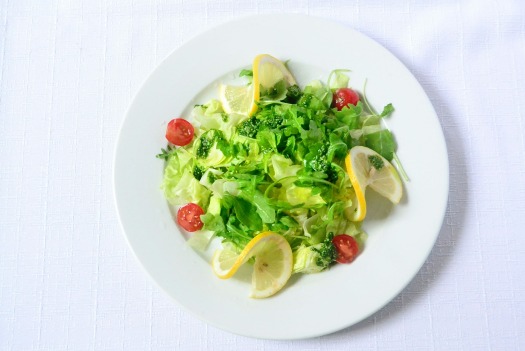 Image:
Image: 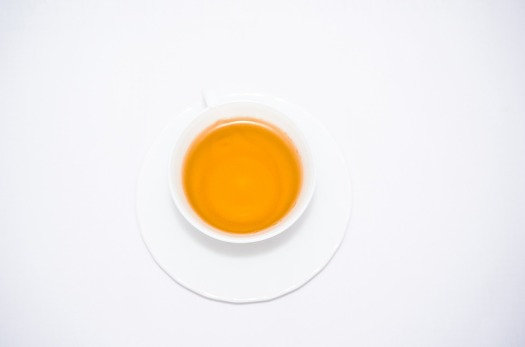


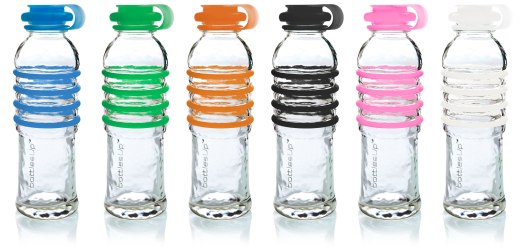

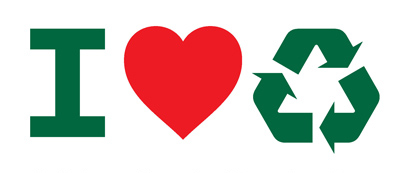







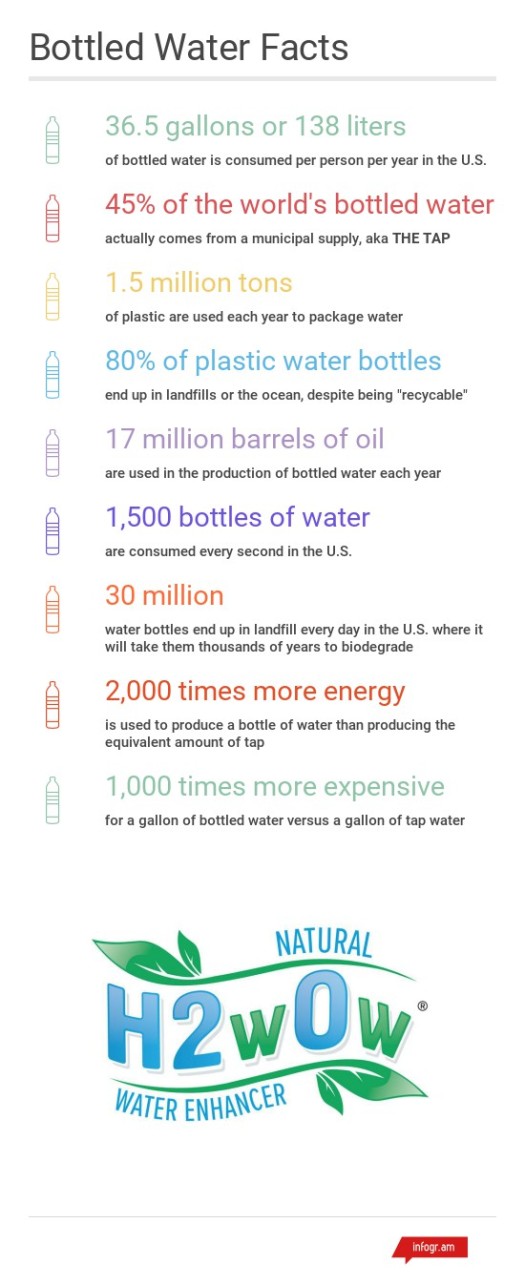
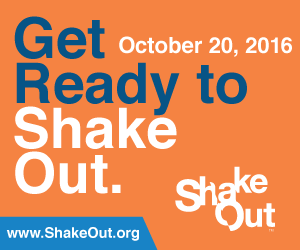
 Experts agree: Drop, Cover and Hold is the best way to protect yourself during earthquake shaking
Experts agree: Drop, Cover and Hold is the best way to protect yourself during earthquake shaking Whatever size bottle you choose, water stored should equal at least one gallon per person per day for 3-days; a 7-day supply is optimal
Whatever size bottle you choose, water stored should equal at least one gallon per person per day for 3-days; a 7-day supply is optimal